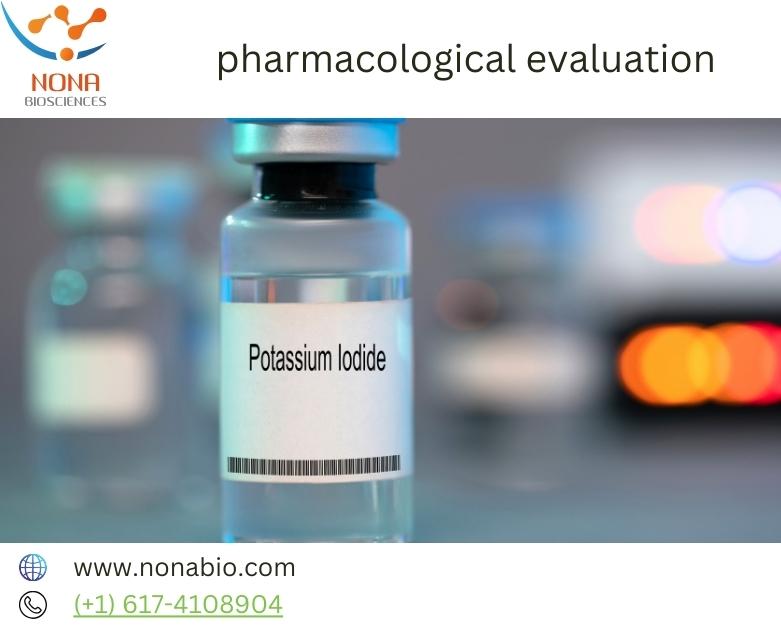
The journey from a promising compound to a market-ready medication is both complex and exhilarating, with pharmacological evaluation serving as one of its critical milestones. This process involves a series of rigorous assessments designed to uncover the pharmacodynamic (PD) and pharmacokinetic (PK) properties of potential therapeutic agents. By understanding how a drug affects a biological system and how the system processes the drug, researchers can optimize drug efficacy and safety, steering the course of drug development towards success. Here, we delve into the essential aspects of pharmacological evaluation and its pivotal role in advancing medical innovation.
Pharmacological evaluation begins with preclinical studies, where compounds are tested in vitro (in glass) and in vivo (in life) to gather preliminary data on their biological activity. In vitro studies allow researchers to assess the direct effects of a compound on cells or tissues, providing insights into its mechanism of action. Conversely, in vivo studies involve animal models to evaluate the drug’s overall effect on a living organism, including its toxicity, metabolism, and therapeutic potential. These initial steps are crucial for identifying viable candidates for further development.
As promising compounds transition into clinical trials, pharmacological evaluation shifts focus to pharmacokinetics and pharmacodynamics in humans. PK studies examine how the body absorbs, distributes, metabolizes, and excretes a drug, providing vital information on dosing and drug interactions. PD studies, on the other hand, assess the drug’s biological and physiological effects, elucidating the relationship between drug concentration and response. Together, PK/PD studies offer a comprehensive understanding of a drug’s behavior in the human body, guiding dose optimization and safety assessments.
The advent of advanced technologies and methodologies has significantly enhanced pharmacological evaluation. High-throughput screening, bioinformatics, and pharmacogenomics are now integral tools, enabling the identification of drug targets, the prediction of drug responses based on genetic profiles, and the optimization of drug candidates with unprecedented speed and precision. These innovations not only accelerate drug development but also pave the way for personalized medicine, where treatments can be tailored to individual patients’ genetic makeup, improving therapeutic outcomes.
Moreover, the integration of real-world data (RWD) and real-world evidence (RWE) into pharmacological evaluation is transforming our understanding of drug performance in diverse populations and everyday clinical practice. By leveraging data from electronic health records, insurance claims, patient registries, and other sources, researchers can validate clinical trial findings, identify rare side effects, and explore new indications for existing drugs. This holistic approach enhances the robustness of pharmacological evaluation, ensuring that therapeutic agents are both effective and safe for broad patient populations.
In conclusion, pharmacological evaluation is a cornerstone of drug development, embodying the rigorous and multifaceted process of transforming innovative compounds into life-saving medications. Through the integration of traditional methodologies and cutting-edge technologies, this critical phase not only ensures the safety and efficacy of new therapeutics but also opens new horizons for personalized and precision medicine. As we continue to unravel the complexities of drug action and response, pharmacological evaluation remains at the forefront of medical progress, heralding a future of more effective, safer, and tailored treatments.




